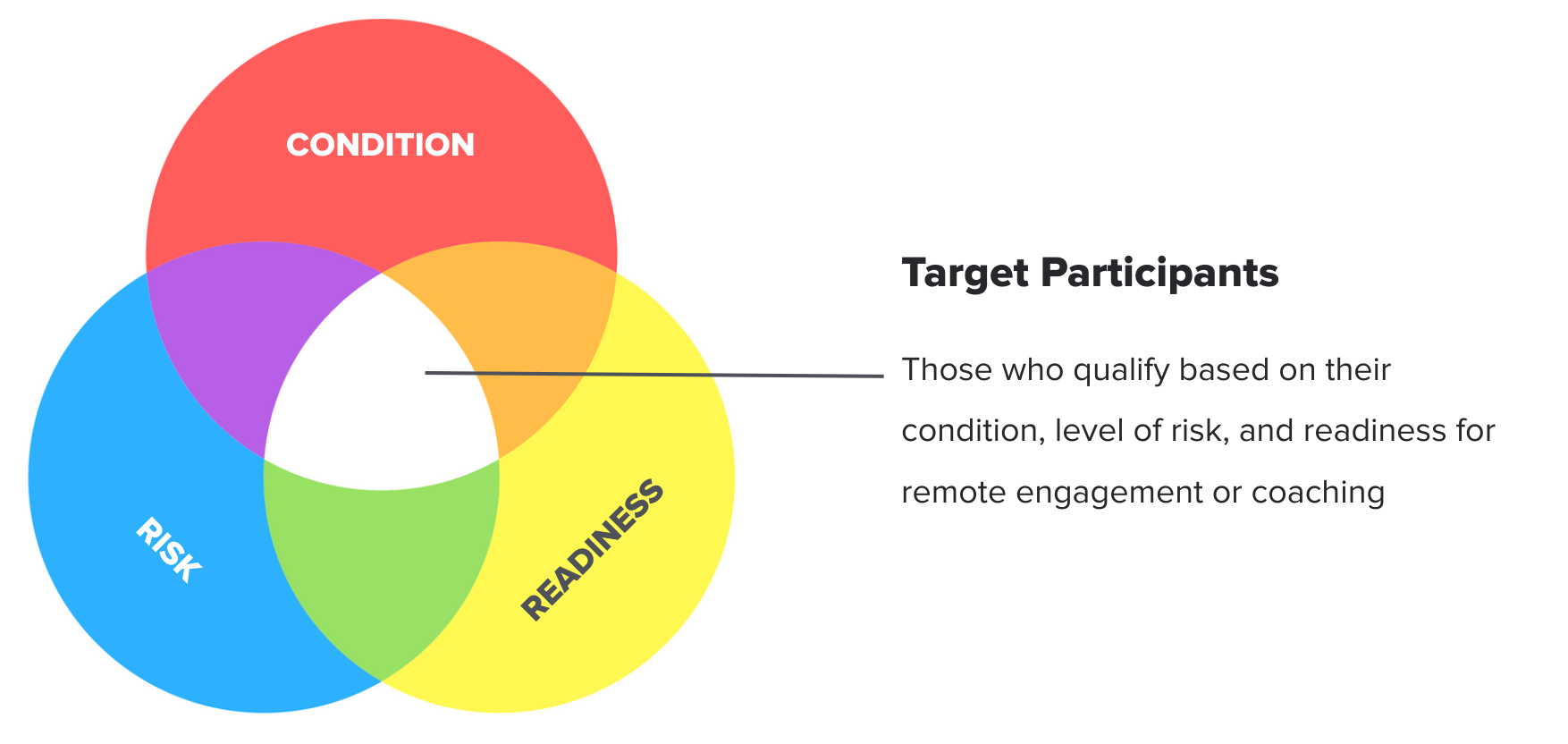In this post you'll learn how social determinants fit into predictive analytics models and why they fall short according to three key criteria.
by
Dan Hoemke
Chief Business Officer at BaseHealth | Senior Healthcare Advisor at Nudge
July 24, 2018
Social Determinants, Predictive Analytics, and Clinical Interventions
While we generally break down the health care engagement continuum into 3 key phases: Outreach, Engagement, and Sustained Involvement; these areas of focus are only addressable once we've been able to fully understand who needs to be engaged.
Note: From there we can leverage Engagement Focused Outreach to begin channeling individuals through the engagement funnel.
Fortunately, recent innovations in predictive analytics have largely answered the question of who to target in population health and interventional programming.
At the same time, discussions about including social determinants of health into analytics models have grown increasingly popular in perception of value as predictors of behaviors. The applications however, are highly nuanced in their predictive analytics value.
Many approaches, such as that pioneered by BaseHealth, in the predictive analytics and clinical intervention space are based on the following criteria:
- Are they proven to be directly causal?
- Are they quantifiable at an individual level?
- Are they intervenable?
Social determinants, as defined by the World Health Organization (WHO), suffer serious deficiencies in each of these criteria.
Deficiency #1: Causality
Most social determinants like zip code are not directly causal, they are indirectly causal.
Factors like income, education level and access to public transportation are obviously not directly causing the onset of any specific conditions, but they can be associated statistically.
Since BaseHealth models most of the causal risk factors, adding social determinants directly to the model would amplify some risk factors while suppressing others.
Deficiency #2: Quantifiability at Individual Level
Though social determinants can be easily observed and reported in populations, it is much harder to assign effects from these determinants to specific individuals.
There are not many methods of measuring social determinants at a standardized individual level, since they are all baskets of various underlying characteristics and behaviors within a population.
Data about some determinants (such as being a care giver to an incapacitated patient) are actually very hard to collect because they require information about relationships that are hardly ever collected.
Deficiency #3: Intervenability
Interventions for most social determinants can mostly be applied at a political/systemic level, most of these determinants are not addressable at an individual level.
Note: The risk factors that they are associated with, can be intervened at an individual level.
This said, there are certain well defined narrow contexts where we could use some well proven social determinants to improve our understanding of the liability within a population.
For example, if information is available about whether a person lives close to a major highway or not, we could use that, along with other risk factors we have about that person, to sharpen our associative model with respect to lung problems.
We would likely have a better liability estimate, and improvement in ranking the members for interventions using this information. However, note that the interventions would still be for the other known causal risk factors, since the only intervention opportunity afforded for the location information, is to have the member move, which is not practical.
In short, there is limited application of social determinants in causal analytics models. They can however be used to sharpen cohort predictions in associative analysis models. Contributions of adding these determinants would be weighted towards sharpening liability measurements rather than finding new interventions.
Social determinants have a critical role to play within the population health management and engagement paradigm, providing an additional lens for populational analysis and understanding.
However, it's in addition to other factors, such as readiness for change and other behavioral elements, that we can truly optimize outreach, engagement, and sustainability efforts.



